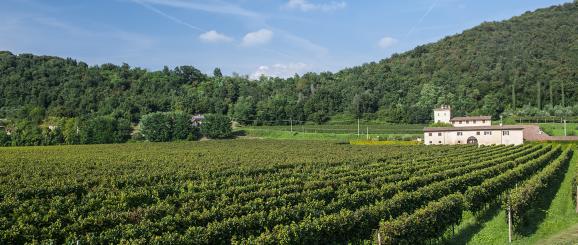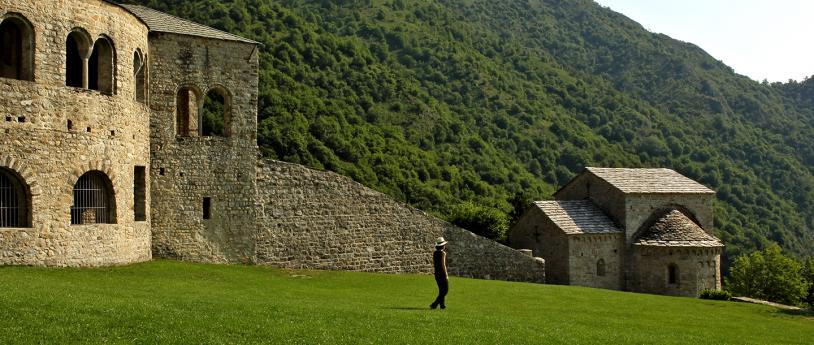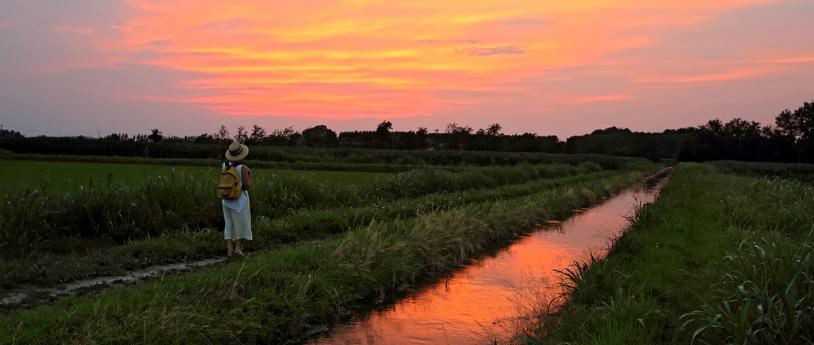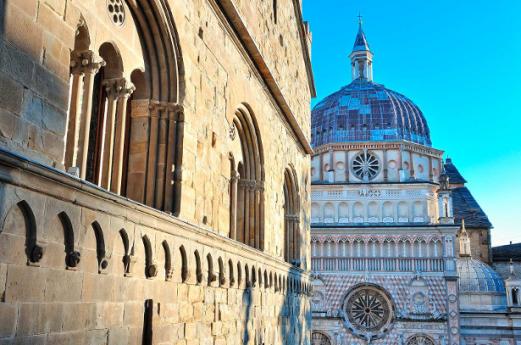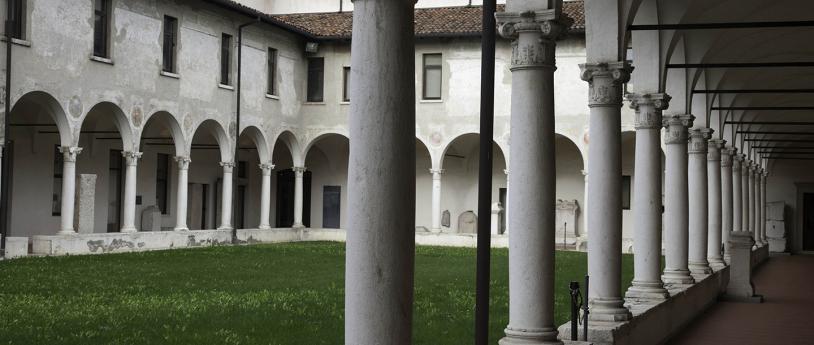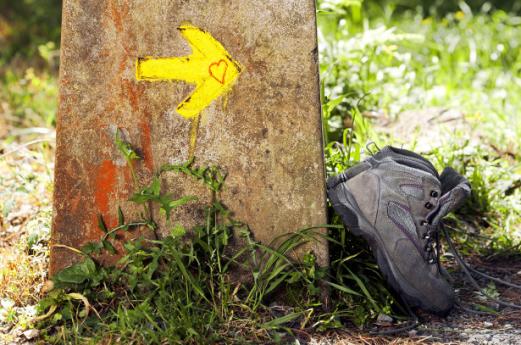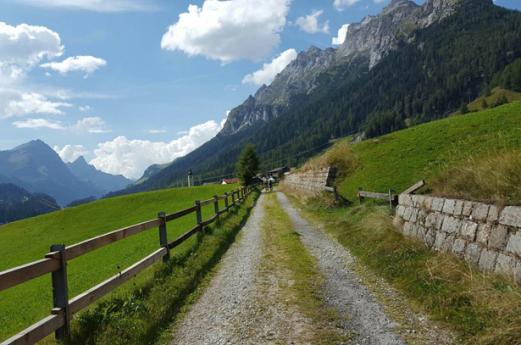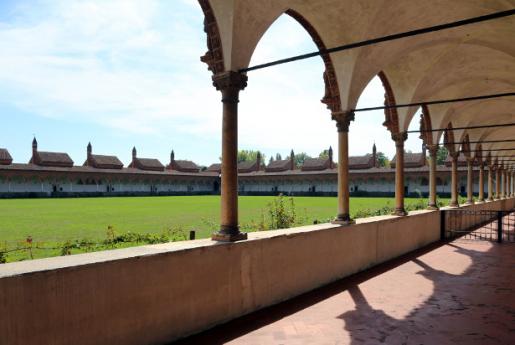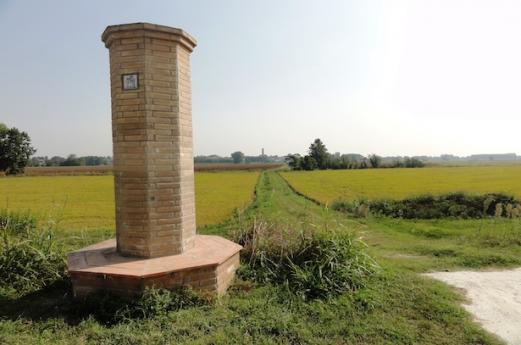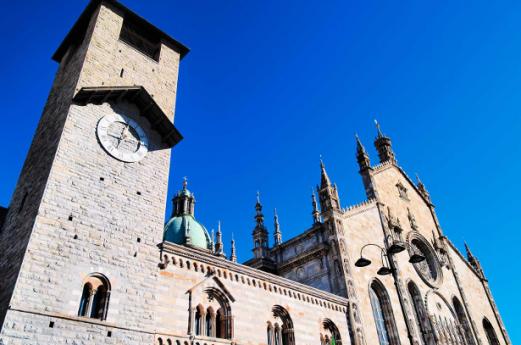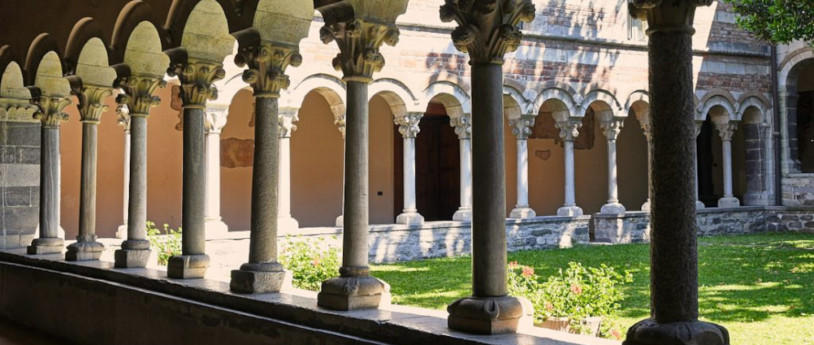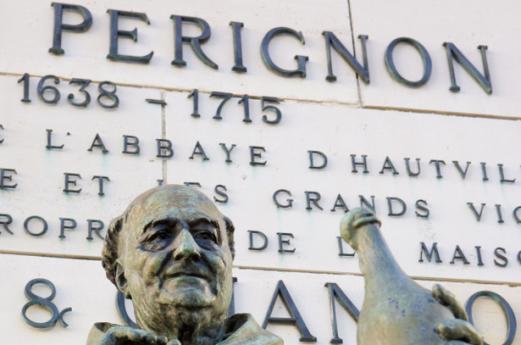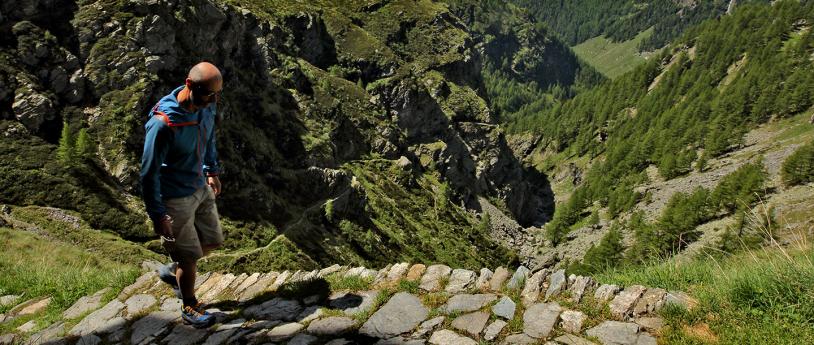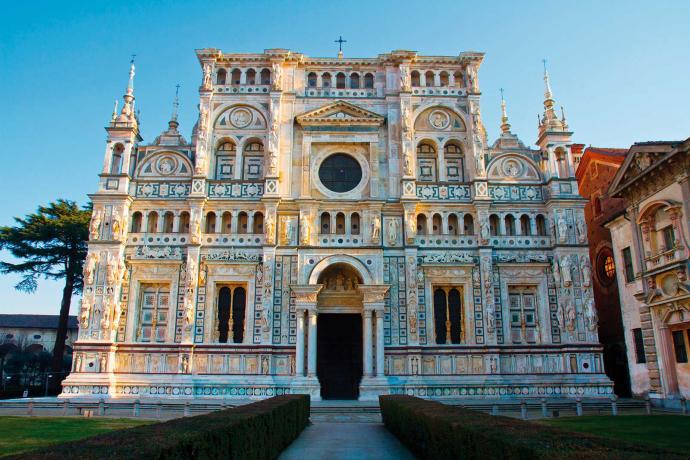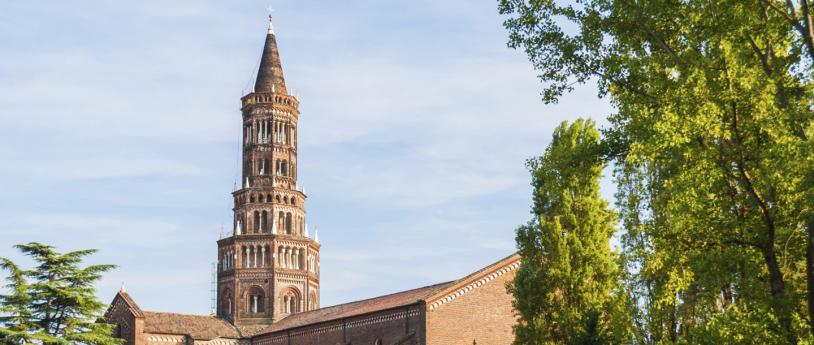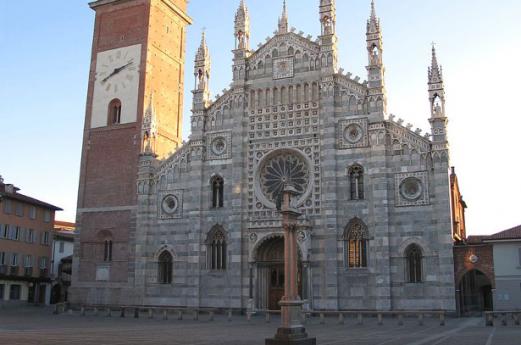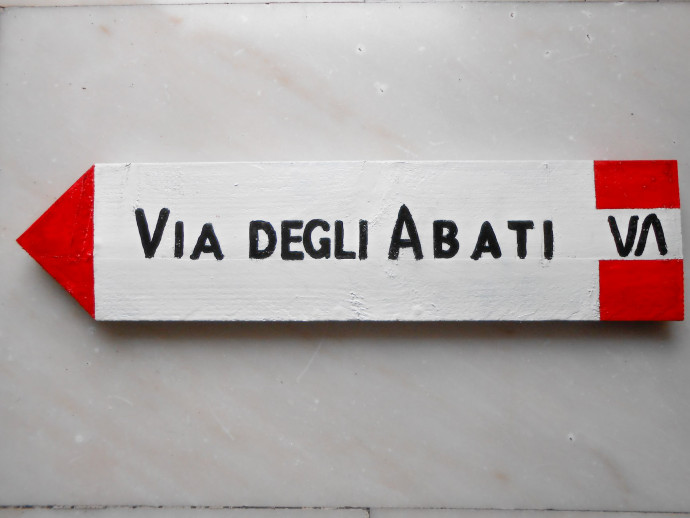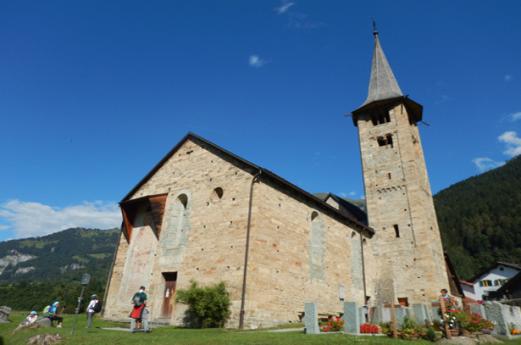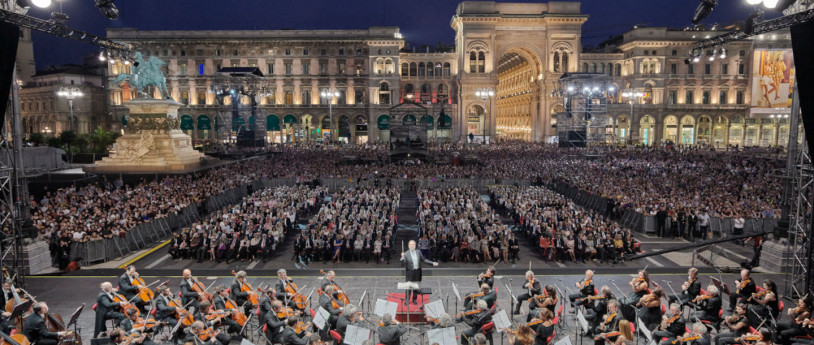- Religious Tourism
Itinerario Linea Cadorna
The path of peace from a defensive line to a nature trail
The Cadorna Line, more correctly called the Italian Defensive System on the Northern Border with Switzerland, was designed to protect the border areas from potential foreign attacks between the end of the nineteenth century and th early years of the twentieth century
The idea, reviewed and rejected several times, was finally implemented starting from 1911 and the works were completed with the outbreak of the Great War.
A truly impressive project, which runs from Val d’Ossola to the Orobic Alps: mule trails,
paths, trenches, hospitals, observation posts and artillery positions were created on often impenetrable land between 600 and 2000 metres.
Fortunately, the fortifications were neverdeployed in battle. Today, the route can be
covered and, notwithstanding the loss of some stretches due to neglect and damage from the action of nature, it has a lot to offer the visitor who decides to venture along this path.
All the routes proposed lead to the discovery of ancient remains during various excursions through unspoiled nature.
The trips are suitable for everyone and have different durations.
It is important to come prepared: bring trekking equipment as well as a head torch, often vital for exploring the deepest tunnels.
The proposed routes are the following:
Route 1: Santa Maria del Monte- Forte di Orino/ Route 2: Viggiù - Monte Orsa – Monte
Pravello/ Route 3: Porto Ceresio – Monte d’Erta – Bocchetta Stivione/ Route 4: Marzio -
Monte Piambello -Bocchetta dei Frati/Route 5: Viconago – San Paolo – Monte La
Nave/ Route 6: Montegrino Val Travaglia - Monte Sette Termini/ Route 7: San Michele –
Monte Pian Nave/ Route 8: Cassano Valcuvia- Monte San Martino/ Route 9: Cassano
Valcuvia (basic circuit).
A Voyage through Time
1. The fortifications of the Cadorna Line were field or temporary installations at points of tactical importance, assumed to be close to the enemy, constructed with very limited time, means and financial resources.
2. The trench is a defensive work excavated in theland, protected by a parapet in earth, stone or cement and furnished with a recovery ditch. It was designedto protect troops from enemy fire and enable soldiers to use their weapons effectively. There were both
communication trenches and battle trenches.
3. The communication trenches of the Cadorna Linewere mainly cut out of the rock or made with cement covers. They made it possible to pass from one trench to another under enemy fire, in order to safely reach the positions of automatic weapons, resupply areas, withdraw the wounded or give shelter to soldiers.
4. Sheltering in dugouts or tunnels gave soldiers the chance to take refuge and rest after serving in the trenches or waiting to be sent into action, as well as protecting and storing materials, ammunition and foodstuffs.
5. Machine gun positions could be in the open, in dugouts or in armoured pillboxes. The open positions consisted of a forecourt with a raised part to support the weapon and a parapet folded at the sides. Behind these position, the entrance to a communication trench was generally located.
